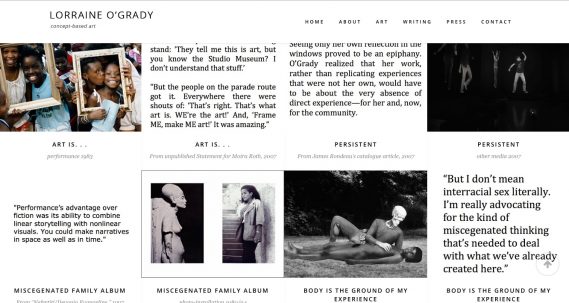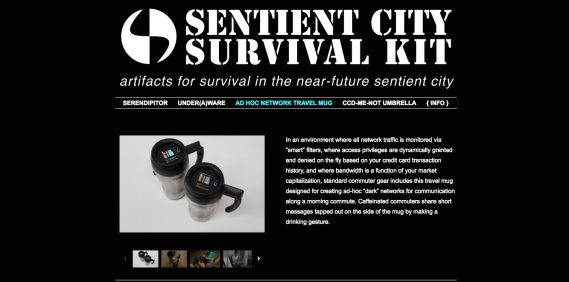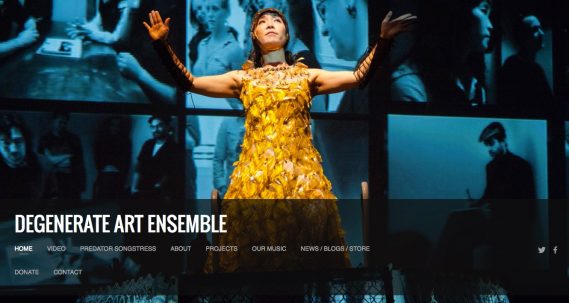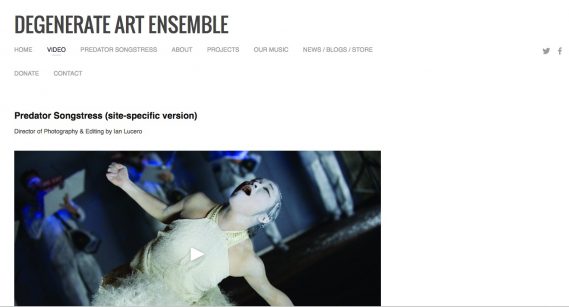Best Web Practices: Some Of Our Favorite Artist Sites

Your website should be completely dedicated to you and your work. Think of it as a studio visit or a reading where you are not present. A visitor to the site should be able to find all of the information they need – including images of your work (in detail if needed), excerpts from your writing, information about your career, a bio and/or statement, and any relevant press or reviews. They should be able to get press releases or printable images, find your contact information, and learn about your upcoming public events and projects. It is a tool to communicate with your audience as well as allow them to communicate with you. It can also be used to promote the work of fellow artists, social causes, or keep people up to date with your process.

Artist and Creative Capital grantee Jen Bervin at work. This image of her is featured on her artist website.


Jen Bervin is a visual artist and writer “whose works combine text and textiles with conceptual elements and a minimalist’s eye for the poetic and the essential”—a fact that is evident by her clean and clear website. Bervin uses a landing page to introduce viewers to her aesthetic, and organizes her projects in a grid. Her site is interactive, crisp, and intentional, a perfect companion to her art. Notice how she has share icons below all of her image slideshows.
Lorraine O’Grady


Lorraine O’Grady built her website as an archive of over 30 years of art making. The internet didn’t exist when O’Grady started staging her performances. Her website is a testament to the importance of artists documenting their work. O’Grady includes her performances, photographs, and writings (including her artist statements, articles, letters, and lectures), noting her practice’s expansive nature. Even better, these two resources—her art making and her writing—are linked. All of her projects include a list of related reading material from her writings.
Sentient City Survival Kit


While you always want to list all of your projects on your personal site, sometimes a project’s scope or medium demands a site of its own. The Sentient Survival Kit, created by Mark Shepard, an artist and architect whose work addresses contemporary entanglements of technology and urban life, is an excellent example. A video on the homepage introduces the viewer to the project and the site is organized by the several “artifacts for survival in the near-future sentient city” Shepard created. He even includes instructions for how to make each.
Degenerate Art Ensemble


Websites don’t only have to represent individual artists or projects. They can also present a collective. The Degenerate Art Ensemble makes performance inspired by punk, comics, cinema, nightmares and fairy tales driven by live music and their own style of visceral movement theater and dance. Their site feels immersive and vibrant thanks to the excellent photographic documentation they have of their performances. Despite their collaborative nature, their website helps give their ensemble its own cohesive identity.
For more in-depth information on enhancing your web presence, register for artist Sue Schaffner’s upcoming PDP webinar, Web, Blog & Email Essentials, on Monday, June 16 at 7:00pm EST. The 90-minute webinar will provide you with an overview of best practices for your web site, blog, and email marketing and communications, as well as case studies of artists who have established innovative and effective web presences. You’ll have the opportunity to contribute your thoughts and questions throughout, as well as participate in a live Q&A at the end of the session.
